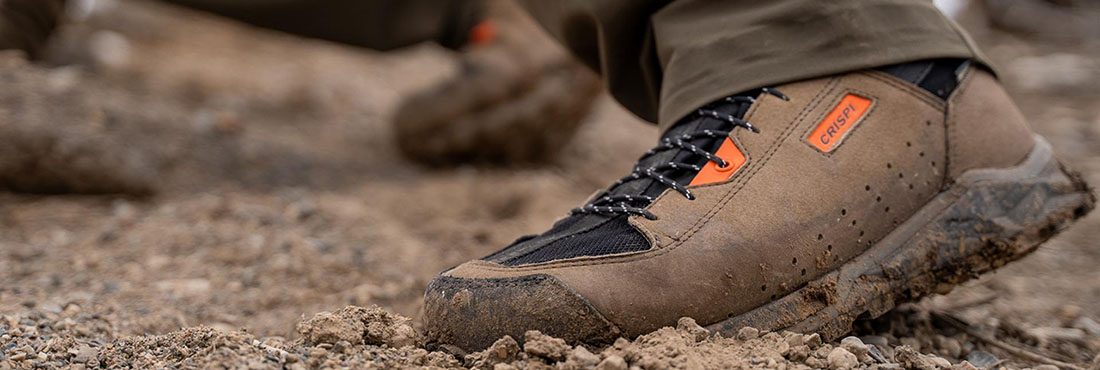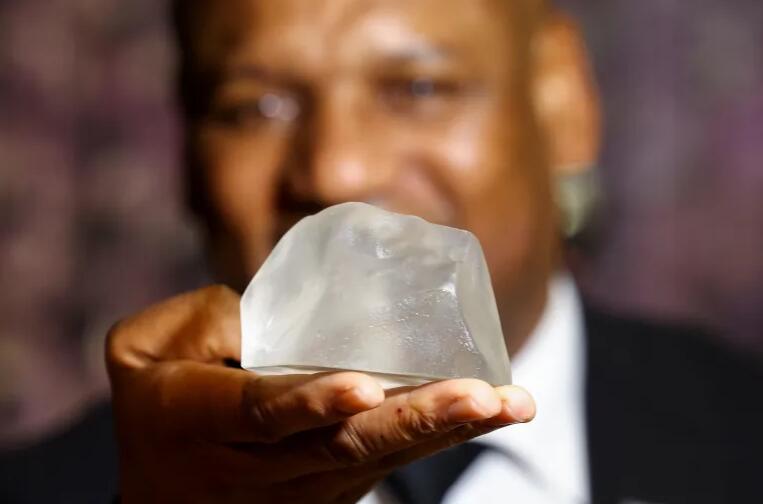Some South Africans are calling for the United Kingdom to return the world’s largest diamond, known as the Star of Africa, which is set in the royal sceptre that King Charles III will hold at his coronation on Saturday.
The diamond, which weighs 530 carats, was discovered in South Africa in 1905 and presented to the British monarchy two years later by the colonial government in the country, which was then under British rule.
Now amid a global conversation about returning artwork and artefacts that were pillaged during colonial times, some South Africans are calling for the diamond to be brought back.
“The diamond needs to come to South Africa. It needs to be a sign of our pride, our heritage and our culture,” said Mothusi Kamanga, a lawyer and activist in Johannesburg who has promoted an online petition, which has gathered about 8,000 signatures, for the diamond to be returned.
“I think generally the African people are starting to realise that to decolonise is not just to let people have certain freedoms, but it’s also to take back what has been expropriated from us.”
Officially known as Cullinan I, the diamond in the sceptre was cut from the Cullinan diamond, a 3,100-carat stone that was mined near Pretoria.
A smaller diamond cut from the same stone, known as Cullinan II, is set in the Imperial State Crown which is worn by British monarchs on ceremonial occasions. Along with the sceptre, it is kept with the other crown jewels in the Tower of London.
A replica of the whole Cullinan diamond, which is about the size of a man’s fist, is displayed at the Cape Town Diamond Museum.
“I believe it should be brought back home because, at the end of the day, they took it from us while they were oppressing us,” said Johannesburg resident Mohamed Abdullahi.
“All proceeds of colonialism, slave trade and imperialism are illegitimate transactions,” Everisto Benyera, associate professor of African Politics at the University of South Africa in Pretoria, told Al Jazeera. “As such, whether the British monarch purchased the Cullinan diamond at a nominal fee, or whether it was gifted to them by the Transvaal government, does not negate the fact that this transaction occurred within the broader occurrence of colonial relations.”
“The British monarchy must play its part in breaking this colonial relationship by acknowledging the role that it played,” added Zimbabwean-born Benyera. “And one of the biggest ways that it can acknowledge is to stop using our diamonds on their regalia, is to stop using our resources during their ceremonies, because …we are no longer part of the British Empire.”
Others said they did not feel strongly about it.
“I don’t think it matters any more. Things have changed, we’re evolving,” said local resident Dieketseng Nzhadzhaba. “What mattered for them in the olden days about being superior … it doesn’t matter to us any more.”

